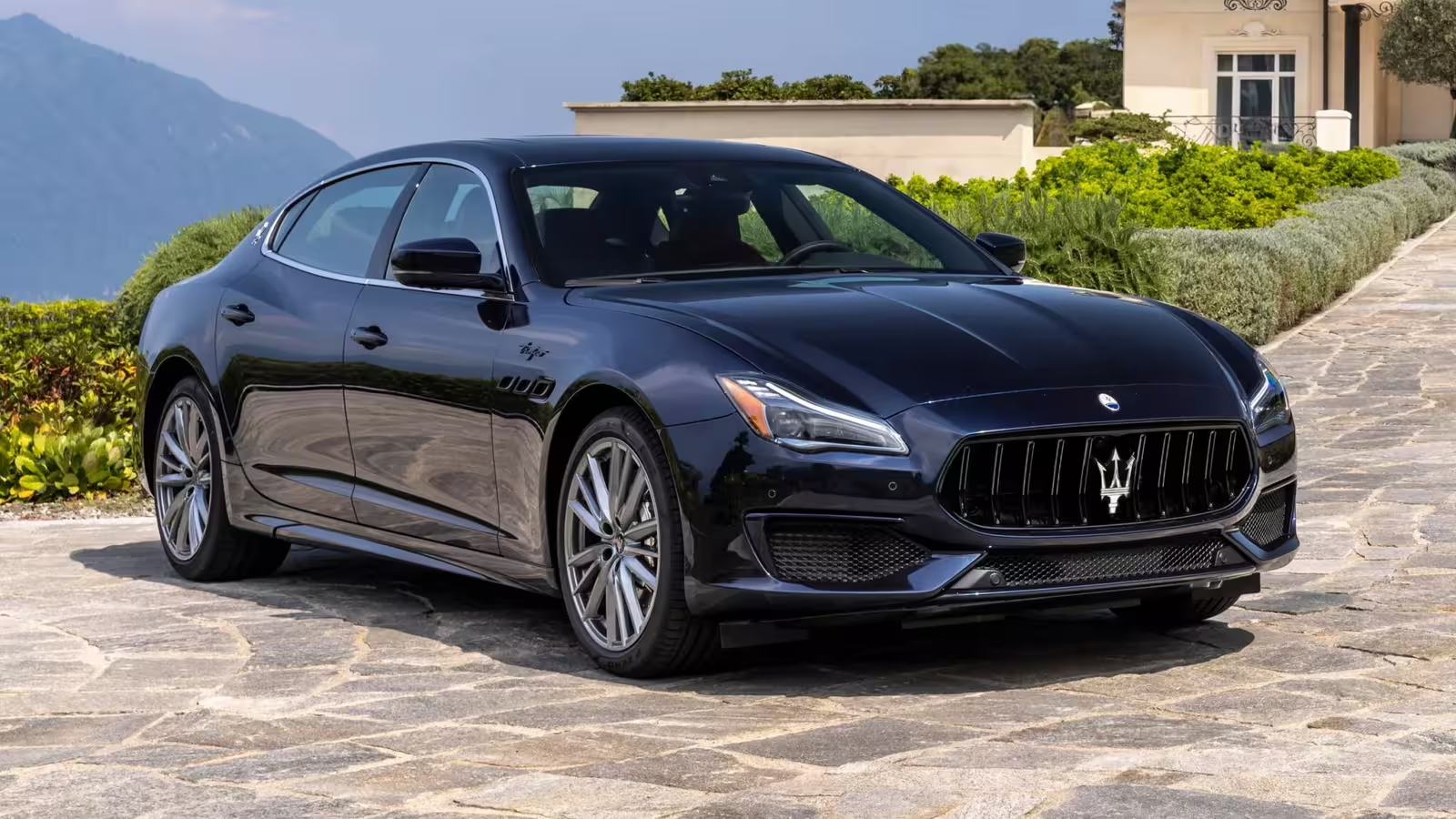3 Minutes
Maserati's Model Lineup Faces Uncertainty
Maserati is currently experiencing a challenging period, with the iconic Italian automaker having recently discontinued major models like the Ghibli, Levante, and Quattroporte. This shake-up has left Maserati relying on the Grecale SUV—often criticized for its high price tag—and a select range of performance sports cars. Such a pared-back lineup has car enthusiasts and industry analysts questioning the brand's next move in the competitive luxury automotive market.
Stellantis Pulls Back, Impacting Maserati's Ambitions
Plans for a next-generation Quattroporte were in development, but in 2023, the project was abruptly halted amidst shifting strategies. The postponement was compounded when Stellantis—the parent company—chose to withdraw significant planned investments, further clouding Maserati's outlook. Despite these setbacks, recent industry reports point toward a potential solution coming from within the Stellantis portfolio itself: a closer technical partnership with Alfa Romeo.
Alfa Romeo's Platforms: A Path Forward for Maserati
According to recent statements by Alfa Romeo and Maserati CEO Santo Ficili in an interview with Autocar, both Italian marques are actively pursuing increased synergy. This collaboration may see Maserati’s upcoming models—such as the next Quattroporte sedan and Levante SUV—built upon Alfa Romeo’s advanced platforms. Notably, the latest Giulia and Stelvio, renowned for their combination of style, handling, and performance, could serve as the engineering blueprint. This would mean Maserati’s new luxury sedan and SUV could utilize the STLA Large platform, already used in vehicles like the Dodge Charger and the Jeep Wagoneer S.
Powertrains and Electrification Strategy
While Maserati originally envisioned its future vehicles as being exclusively electric, new market realities have led to a more flexible approach. Ficili emphasized the importance of listening to customer preferences, as drivers are currently navigating a complex array of choices—from traditional gas engines to plug-in hybrids (PHEV) and pure electrics (BEV). As a result, Maserati is now considering offering mild hybrid (MHEV) and plug-in hybrid options, in line with Alfa Romeo’s upcoming range.
Vehicle Design, Specifications, and Performance
Building on the Alfa Romeo Giulia and Stelvio chassis could provide Maserati with access to state-of-the-art vehicle architectures, electronic systems, and potent drivetrain options. Customers can expect future Maserati models to deliver Italian flair, luxurious interiors, and high-performance capabilities, whether powered by gasoline, hybrid, or full-electric powertrains. The collaboration promises shorter development times, enhanced reliability, and improved cost efficiency.
Market Positioning and Brand Distinction
However, the strategy is not without risks. Automotive fans may recall the striking similarities between the Alfa Romeo Tonale and the Dodge Hornet—both sharing significant components. Maserati is keen to avoid such overlap, especially as it positions itself as a luxury performance brand separate from Alfa Romeo's sporty mainstream image. Ficili acknowledges the importance of maintaining clear brand identities while optimizing shared platforms, electronics, software, and potentially, engines.
Rivalry and Crossover: The Road Ahead
As competitors in the luxury car space move towards electrification and advanced technology, Maserati’s alignment with Alfa Romeo could reinvigorate its model range. The key will be balancing efficiency with exclusivity, ensuring that new Maseratis stand out for their unique style and performance while benefiting from the advanced engineering and platform innovation pioneered by their Alfa Romeo relatives.
Ultimately, this Italian alliance could pave the way for Maserati to reclaim its place among the world’s top luxury automobile brands, blending rich heritage with modern automotive excellence.
Source: carscoops



Comments